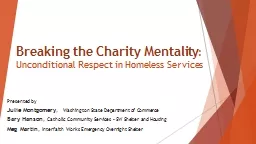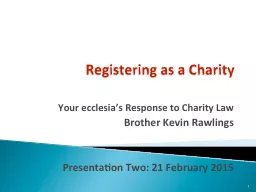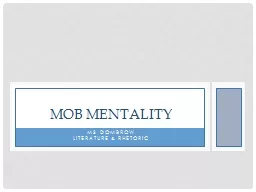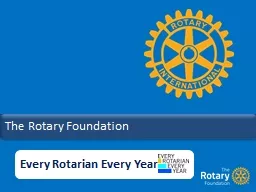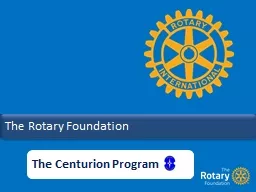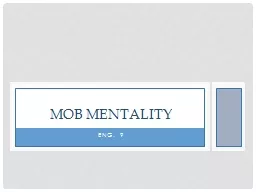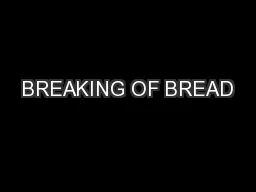PPT-Breaking the Charity Mentality
Author : tatyana-admore | Published Date : 2018-11-09
Unconditional Respect in Homeless Services Presented by Julie Montgomery Washington State Department of Commerce Bary Hanson Catholic Community Services SW
Presentation Embed Code
Download Presentation
Download Presentation The PPT/PDF document "Breaking the Charity Mentality" is the property of its rightful owner. Permission is granted to download and print the materials on this website for personal, non-commercial use only, and to display it on your personal computer provided you do not modify the materials and that you retain all copyright notices contained in the materials. By downloading content from our website, you accept the terms of this agreement.
Breaking the Charity Mentality: Transcript
Download Rules Of Document
"Breaking the Charity Mentality"The content belongs to its owner. You may download and print it for personal use, without modification, and keep all copyright notices. By downloading, you agree to these terms.
Related Documents

